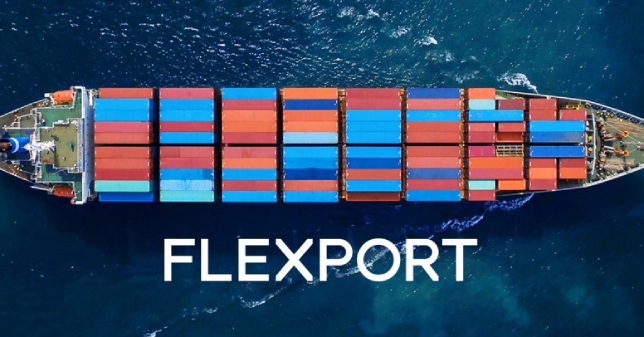Flexport stands out as a company at the crossroads of challenging dynamics and promising opportunities. The recent news of potential layoffs at Flexport, despite a substantial influx of funding, paints a complex picture of a company grappling with the turbulent nature of the tech industry.
A Dichotomy of Growth and Restructuring
Flexport's journey is marked by rapid shifts in strategy and leadership, notably with the return of founder Ryan Petersen as CEO and a significant workforce reduction by 20%. This move, while signaling a possible strategic overhaul, also adds a layer of uncertainty. The tech sector, known for its fast-paced and often volatile environment, has seen numerous companies undergoing similar transformations, hinting at a broader industry trend.
Financial Puzzles and Strategic Alliances
On the financial front, Flexport recently secured a hefty $260 million from Shopify, following a strategic partnership that saw Shopify’s logistics business being sold to Flexport. This move is not just a financial boost but also a strategic deepening of ties between the two firms. However, the looming layoffs juxtaposed with this recent funding raise questions about the underlying challenges Flexport faces.
The Bigger Picture: Industry-Wide Layoffs
Flexport’s situation is a microcosm of the broader tech industry, where giants and startups alike have been trimming their workforces. The reason is multi-fold - economic headwinds, shifting investment priorities, and a recalibration following years of unchecked growth. Flexport, with its unique positioning in both tech and logistics, is not immune to these industry-wide challenges.
Influence of High-Profile Investors
The involvement of significant investors like Softbank and Andreessen Horowitz in Flexport adds another layer of complexity. Such investors bring not just capital but also strategic influence, potentially swaying decisions like cost-cutting measures. Typically maintaining board seats and decision making votes, I'm interested in seeing what the future holds for this company with the substantial changes taking place.
Looking Ahead
As Flexport navigates these choppy situations, the company's ability to balance growth with operational efficiency will be crucial. The logistics and freight forwarding industry is notoriously competitive and complex, and how Flexport integrates its recent acquisitions and investments into its existing operations will be key to its future success.
Flexport’s current scenario is reflective of a company at a pivotal point, balancing between leveraging its recent financial injections and aligning its operational strategies with the changing tides of the tech and logistics sectors.
To learn more about Flexport, click here.
For more insights into the tech and logistics world, stay tuned to our blog.






